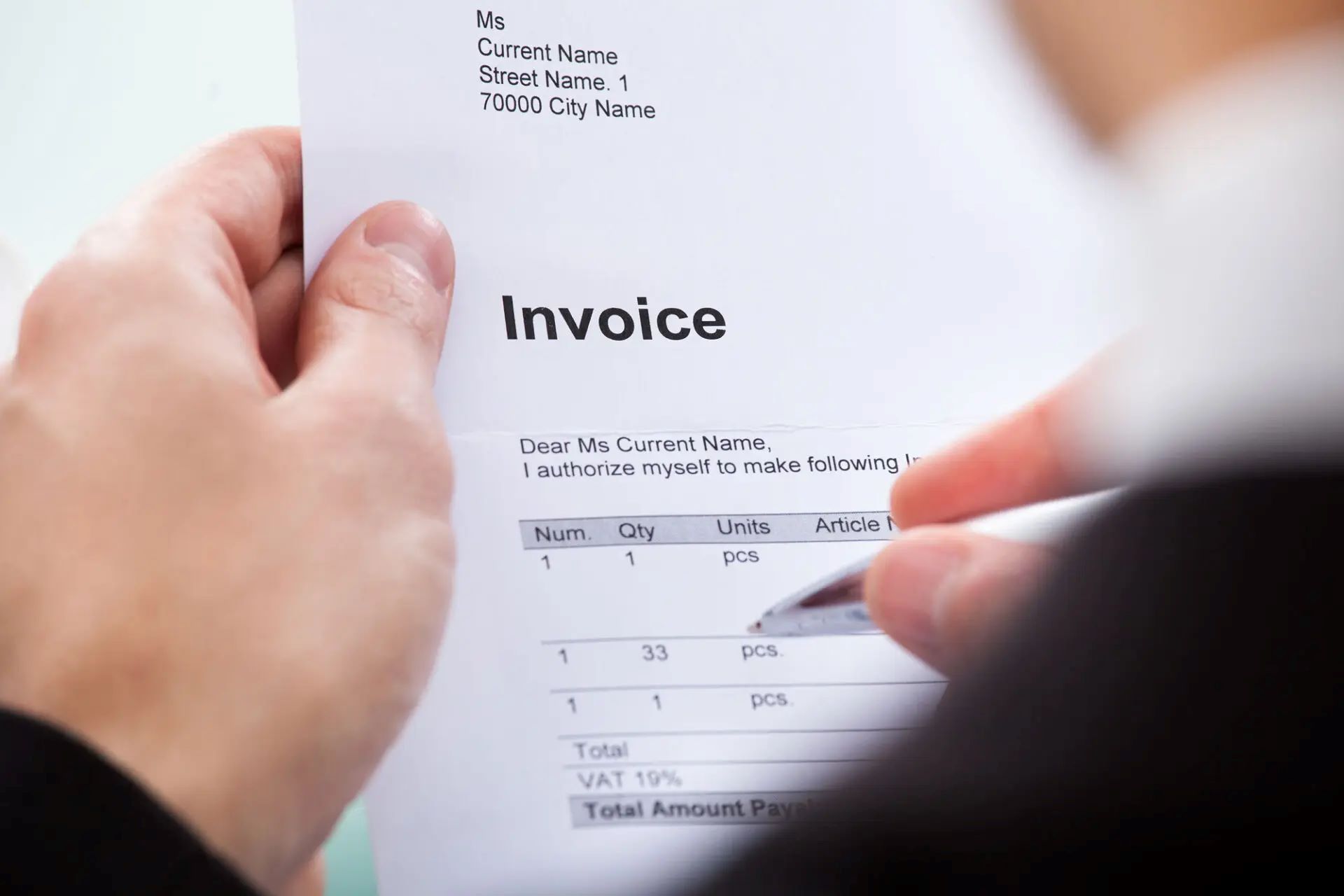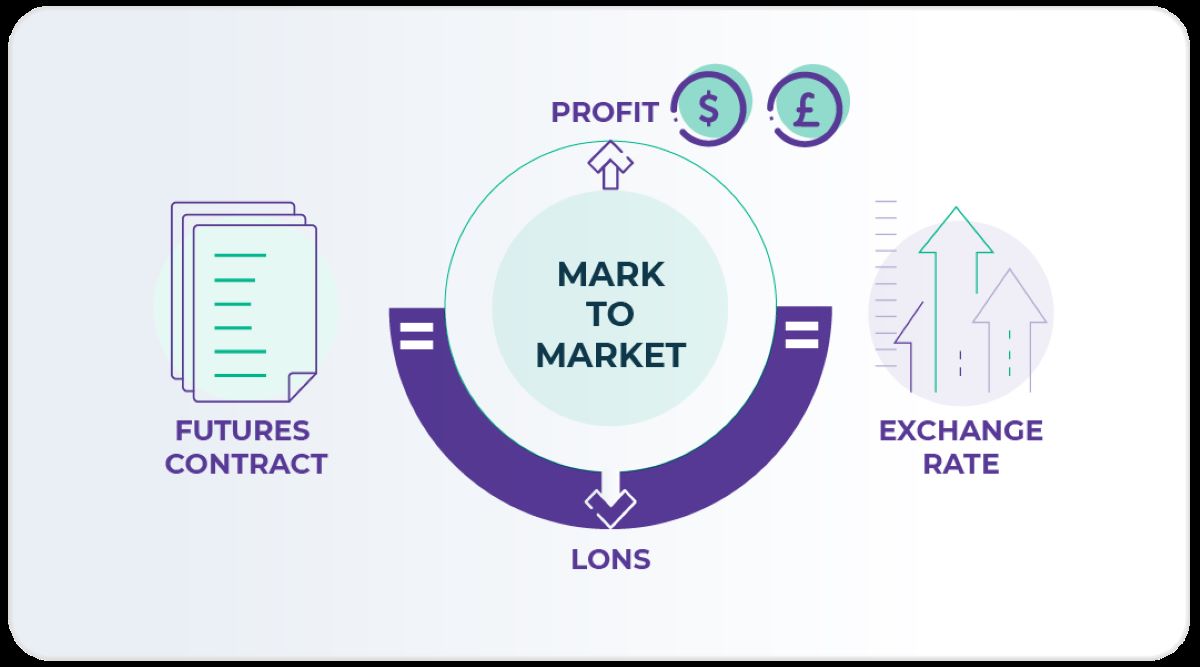Home>Finance>Invoice Financing: Definition, Structure, And Alternative


Finance
Invoice Financing: Definition, Structure, And Alternative
Published: December 13, 2023
Looking for finance solutions? Learn about invoice financing, its structure, and explore alternative options to manage your cash flow.
(Many of the links in this article redirect to a specific reviewed product. Your purchase of these products through affiliate links helps to generate commission for LiveWell, at no extra cost. Learn more)
Invoice Financing: Definition, Structure, and Alternatives
When it comes to managing your business finances, there are various options available to help you maintain a healthy cash flow. One such option is invoice financing, an increasingly popular alternative that provides businesses with a quick and efficient way to access funds tied up in their outstanding invoices. In this blog post, we will explore the definition, structure, and alternative options of invoice financing to help you make an informed decision.
Key Takeaways:
- Invoice financing enables businesses to unlock the value of their unpaid invoices before they are paid by their customers.
- There are two common structures of invoice financing: invoice factoring and invoice discounting.
What is Invoice Financing?
Invoice financing is a financing solution that allows businesses to access funds by using their outstanding invoices as collateral. It offers an alternative to traditional business loans, which may involve lengthy approval processes and stringent eligibility criteria. With invoice financing, businesses can bridge the cash flow gap caused by delayed payment terms, make necessary investments, or cover operational expenses, ensuring smooth business operations.
Structure of Invoice Financing:
- Invoice Factoring: In this structure, businesses sell their unpaid invoices to a third-party company, known as a factor, at a discounted price. The factor then takes responsibility for collecting the payments from customers. The factor usually provides an upfront payment, typically around 85% of the invoice value, and pays the remaining balance, minus a fee, once the customer settles the invoice.
- Invoice Discounting: Unlike factoring, invoice discounting allows businesses to retain control of their sales ledger and collect payments directly from customers. Businesses receive a predetermined percentage of the invoice value in advance, typically up to 90%, and pay interest on the amount borrowed. Once the customer settles the invoice, the business repays the borrowed amount plus the interest to the financing provider.
Alternative Options:
While invoice financing is a popular option, it’s worth exploring other alternatives to find the best fit for your business’s unique needs. Here are a few alternatives to consider:
- Business Line of Credit: A business line of credit offers flexibility, allowing you to access funds up to a predetermined limit whenever needed. You only pay interest on the amount borrowed, similar to invoice discounting, making it suitable for ongoing financing needs.
- Peer-to-Peer Lending: Peer-to-peer lending platforms connect borrowers directly with lenders, cutting out the traditional financial institutions. This alternative offers competitive interest rates and flexible repayment terms.
- Business Credit Cards: Business credit cards provide a revolving line of credit, enabling businesses to make purchases and pay them off over time. They often come with additional perks like rewards programs and expense tracking.
When considering invoice financing or any alternative financing option, it’s essential to assess your business’s specific needs, cash flow patterns, and repayment capacity. Consulting with financial experts can also provide valuable insights and help you make an informed decision.
Overall, invoice financing offers businesses a convenient and quick way to access funds tied up in their outstanding invoices. Understanding the structure, alternatives, and implications of invoice financing is crucial to leveraging this funding solution effectively. By considering your specific business requirements, you can determine whether invoice financing or one of its alternative options aligns with your financial goals.
Have you considered invoice financing or explored alternative financing solutions for your business? Share your experiences and insights with us in the comments below!














